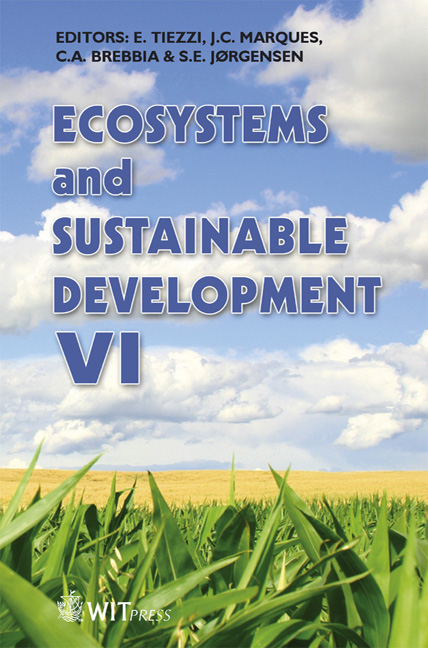The UN Global Compact: Moving Toward Sustainable Development By Adopting A New Paradigm
Price
Free (open access)
Transaction
Volume
106
Pages
10
Published
2007
Size
303 kb
Paper DOI
10.2495/ECO070031
Copyright
WIT Press
Author(s)
M. B. Neace
Abstract
This paper examines the UN initiative that encourages a new paradigm – a networking of scientists and their organizations, global businesses, NGOs and civil society organizations to implement its Global Compact’s ten principles to move human activity toward sustainable development (SD). The ten principles encompass a holistic approach to SD focusing on contributions of global enterprises acting through government agencies, civil society, local organizations and communities, both horizontally and most importantly, vertically. Sustainability does not occur in a vacuum. SD can only happen when there is recognition of its holistic underpinning of all life, particularly human activity, in all of its dimensions and interconnectedness. After a brief review of the UN Global Compact (UNGC), several holistic models are presented and discussed with focus on global business enterprises when implementing the new paradigm of competition – collaboration, transparency, interconnectedness – a holistic philosophy for commerce and community. The models suggest an approach that has potential to create win-win-win results; or as is known in the business community – triple bottom line (TBL). Applications of the TBL models can, and are, moving organizations and communities in which they operate toward SD. Keywords: UN Global Compact, holistic SD, collaboration, interconnectedness, transparency, triple bottom line, beyond globalisation. 1 Introduction This is a work in progress; not only in terms of UNGC’s ten principles but also for my models used in this paper - where and how they are interconnected. Both are undergoing a co-evolutionary journey. Under the umbrella of
Keywords
UN Global Compact, holistic SD, collaboration, interconnectedness, transparency, triple bottom line, beyond globalisation.





